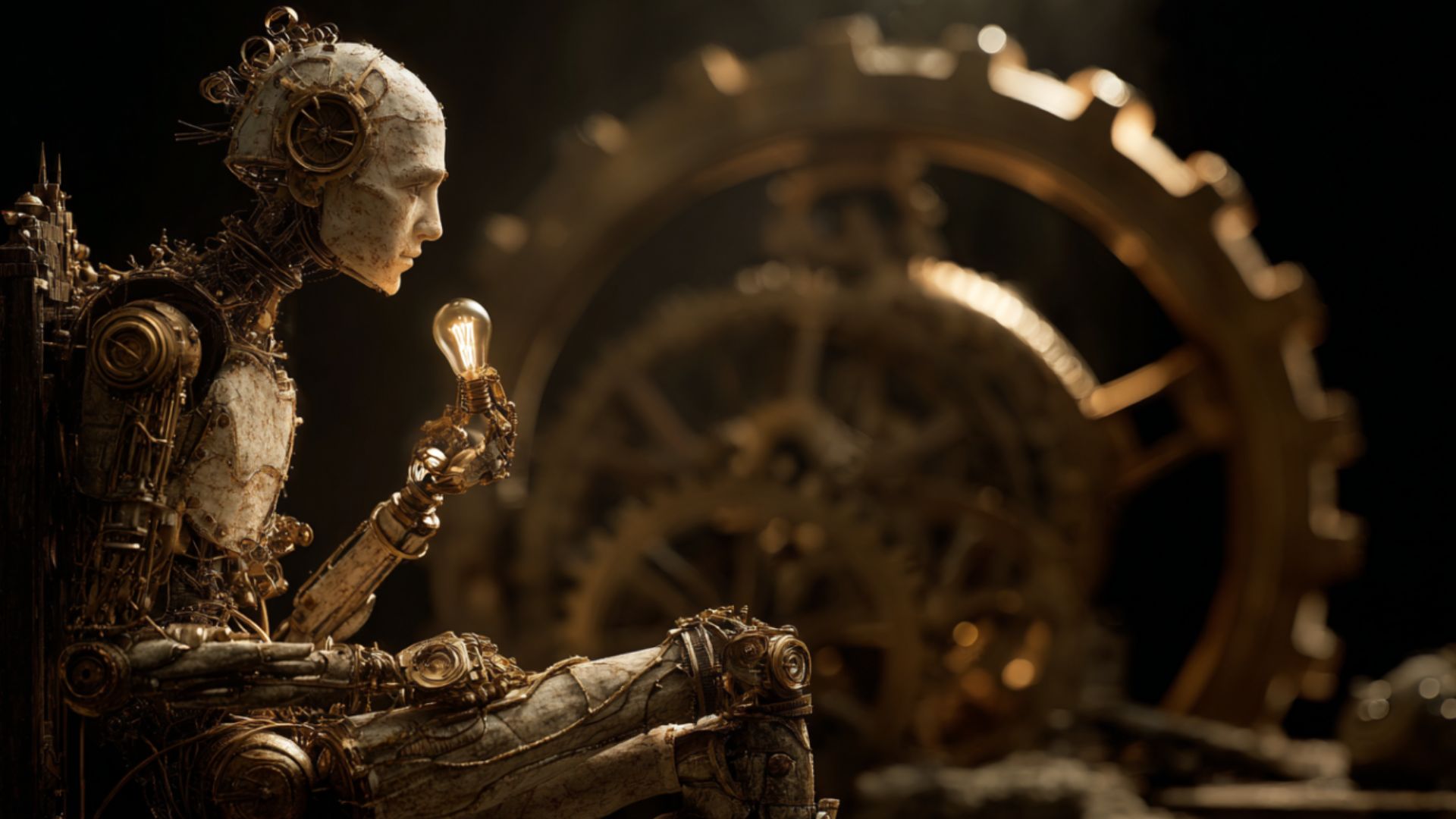For the first time in two centuries, the engine that drove humanity’s exponential progress is quietly seizing up. The latest report from QuantumBlack (AI by McKinsey) from June 2025 is not a trend analysis; it is an alarm siren. It reveals a truth most leaders sense but none dare to name: innovation has become exorbitantly expensive and tragically inefficient.
The era of cheap ideas is over.
The report quantifies this with inescapable brutality. To maintain the pace of Moore’s Law, the semiconductor industry had to multiply its R&D efforts by 18 times in real terms. In the pharmaceutical industry, the phenomenon is even more desolate: efficiency in new drug discovery has plummeted 80-fold since 1950. We are investing exponentially more to achieve, in the best-case scenario, linear growth. This is the broken paradigm. It is the silent crisis threatening to stall progress.
Continuing to inject money into this failed model is not a strategy; it is corporate suicide.
AI Is Not for Being More Efficient. It Is for Being Creative Again.
This is where 99% of organizations get it wrong. They are implementing AI to optimize the old engine, to make it 10% more efficient. But the McKinsey report shows that is like putting a spoiler on a horse-drawn carriage. The true potential of AI is not to improve efficiency; it is to unleash a new revolution in innovation. Its purpose is not to do what we already do, faster. It is to do what we never thought possible.
AI is not fuel for the old engine. It is an antimatter engine. Its ability to generate a variety of solutions a human would never conceive of—the report evokes the famous «Move 37» from AlphaGo, a move that defied centuries of human strategy—is proof that its role is that of a creative collaborator, not an automaton.
Move 37 was not a mistake; it was the manifestation of a non-human intuition, a solution so alien to our logic that it was initially dismissed, only to later reveal itself as the key to victory. This is the true power of AI: not to think like us, but to show us the limits of our own thinking.
It is the beginning of «intelligence augmentation,» a cycle where the machine provokes us, and we, in response, reach new peaks of creativity, as Lee Sedol himself did with his subsequent «divine move,» one that the AI itself considered nearly impossible for a human.
This creative dialogue is what can collapse the 10-year, $2.6 billion cycle it takes to discover a new drug; it is what allows for the design of new materials or the composition of music in a perfect symbiosis between human inspiration and algorithmic exploration.
The Prize Is Not an Improvement. It Is a Quantum Leap.
The opportunity is not marginal. It is existential. Accelerating R&D with AI could unlock up to half a trillion dollars in value annually. It could, literally, double the pace of innovation in entire industries, from software to pharmaceuticals.
The question for you, as a leader, is not whether you can afford this technology. It is whether you can afford the luxury of ignoring a quantum leap of this magnitude while your competitors prepare to make it.
The Technology Is Ready. Your Organization Is Not.
And herein lies the final confrontation. The report is explicit: technology alone will not move the needle. The full value of AI will only be unlocked through profound organizational changes.
The real challenge is not technical; it is one of leadership. It requires the courage to demolish the bureaucracy of innovation. It demands a new Architecture of Business Evolution, where teams that live in silos today—like those for simulation and physical prototyping—merge into agile cells of human-machine creation.
It demands an Omnipresent Leadership 5.0 that does not manage innovation but creates the conditions for serendipity to occur. A leader who understands that the most important skill in this new era is not engineering, but the ability to foster a deep and trusting collaboration between the human mind and artificial intelligence.
The era of cheap ideas is over. The era of amplified imagination begins.
The question that remains is simple: will you continue to invest in repairing the old engine, or will you have the courage to build the new one?

